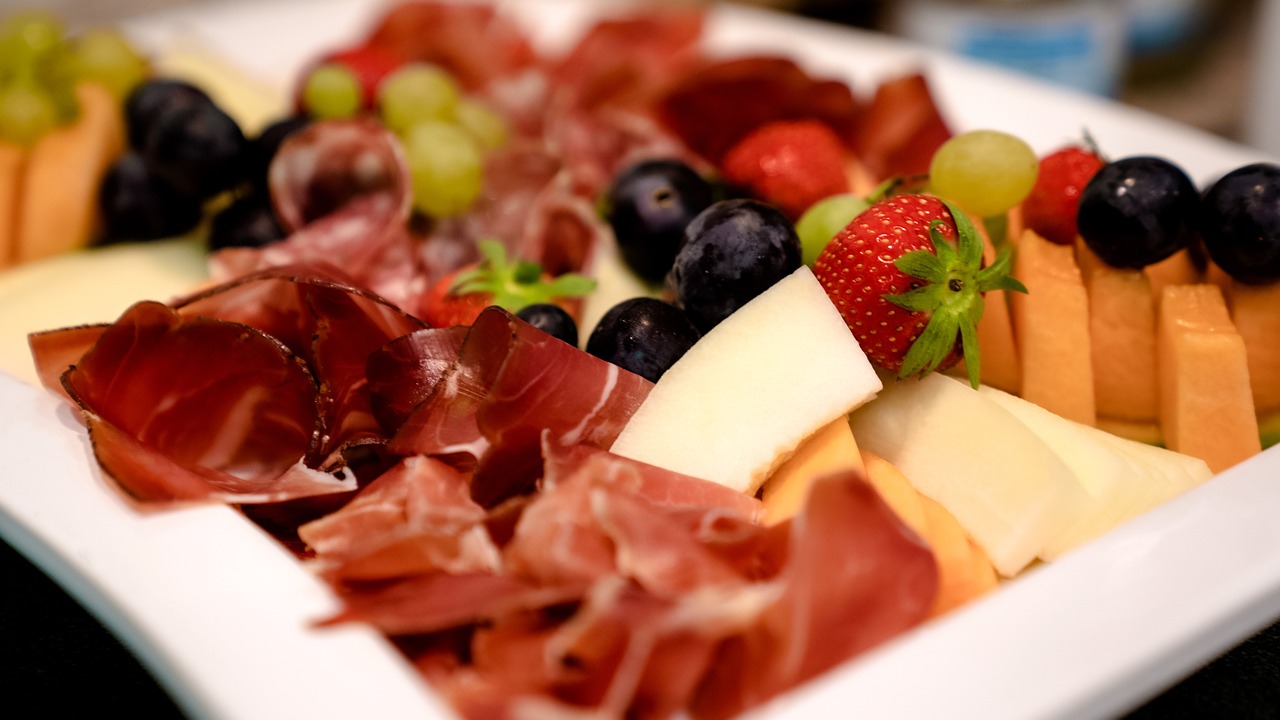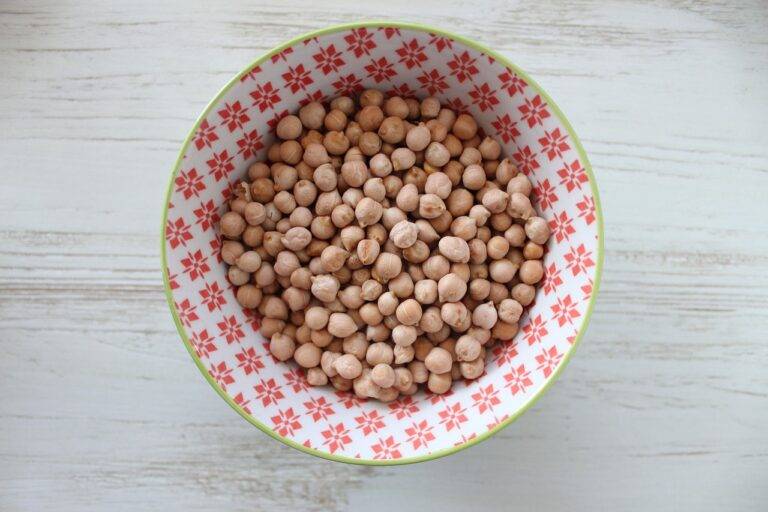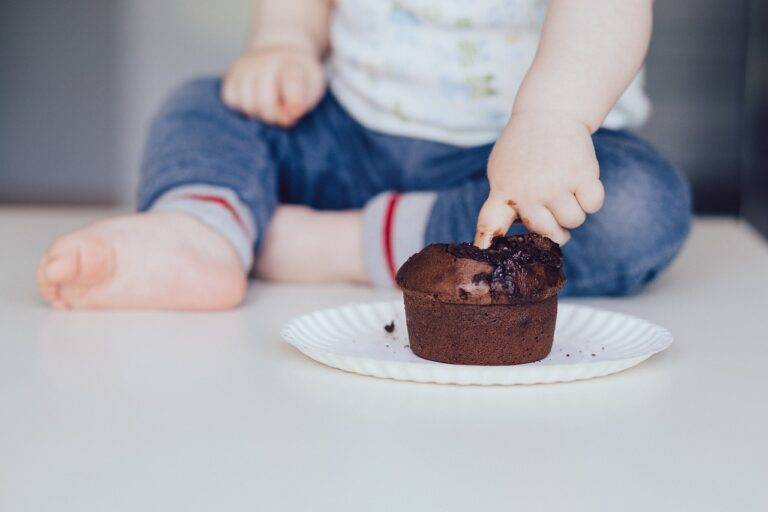The Art of Food Photography: Tips for Capturing Culinary Creations
Understanding the key factors in food photography is essential for capturing stunning photos that showcase food in all its glory. The first important factor to consider is the composition of the image. A well-composed photo will draw the viewer’s eye to the main subject and create visual interest through the use of background elements, props, and styling.
In addition to composition, lighting plays a crucial role in food photography. Proper lighting can enhance the colors and textures of the food, making it look more appealing and appetizing. Natural light is often preferred for food photography as it is soft and diffused, allowing the details of the dish to shine without harsh shadows. Experimenting with different angles and intensities of light can help you find the most flattering lighting for each food subject.
Choosing the Right Lighting for Food Photography
When it comes to capturing stunning images of food, lighting plays a crucial role in setting the mood and highlighting the textures. Natural light is often preferred by many food photographers as it can create a soft and appealing glow on the dishes. Indirect sunlight or shooting near a window can help achieve a more flattering look by dispersing the light evenly.
For those situations where natural light is not readily available or consistent, artificial lighting can be a great alternative. Using softbox lights or diffusers can help mimic the softness of natural light and avoid harsh shadows on the food. Experimenting with different angles and intensities of artificial light can help achieve the desired mood and highlight the details of the dish effectively.
What are the key factors to consider in food photography?
Some key factors to consider in food photography are lighting, composition, color, props, and styling.
Why is lighting important in food photography?
Lighting is crucial in food photography as it can make or break the overall look of the dish. Proper lighting can enhance the colors, textures, and details of the food.
What are the different types of lighting options for food photography?
The different types of lighting options for food photography include natural light, artificial light, and a combination of both. Natural light is often preferred for its soft and flattering qualities.
How can I choose the right lighting for food photography?
To choose the right lighting for food photography, consider the mood and style you want to achieve. Experiment with different lighting setups and see what works best for each dish.
What are some tips for using artificial lighting in food photography?
When using artificial lighting in food photography, try to mimic natural light as much as possible. Use diffusers and reflectors to soften and enhance the light, and avoid harsh shadows.
How can I improve my food photography skills?
To improve your food photography skills, practice regularly, study different lighting techniques, and experiment with composition and styling. Don’t be afraid to try new things and learn from your mistakes.





